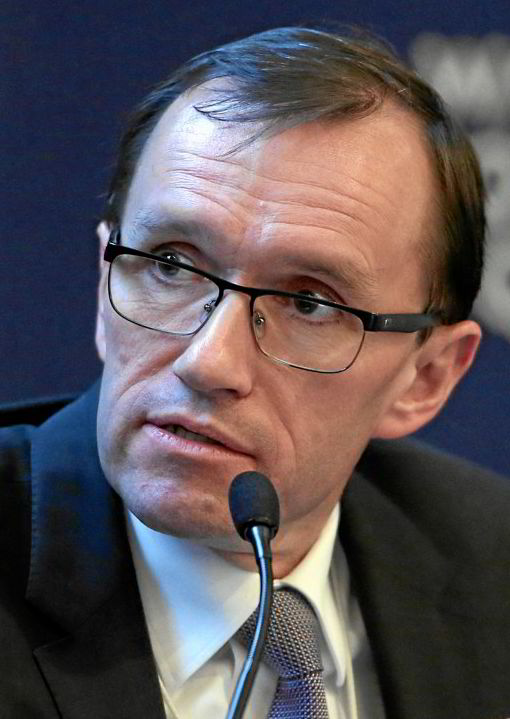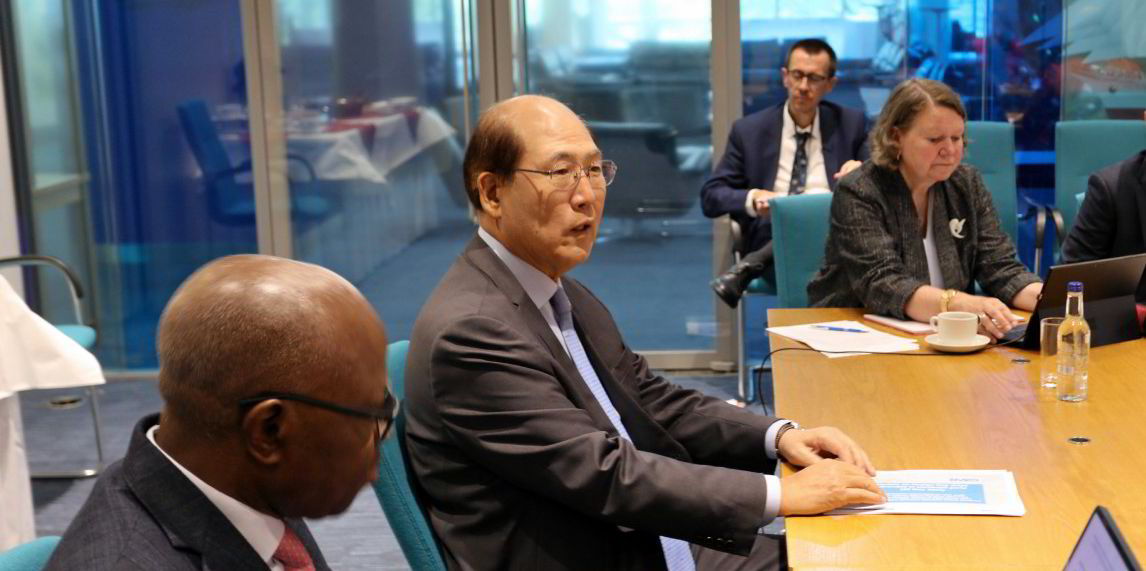It is good to find shipping performed well over the 10 years from 2009, when it comes to decarbonisation as measured against its land and air transport peers even as oceangoing cargo volumes increased 40%.
This data from shipbroker Clarksons shows the maritime industry definitely can cut its CO2 emissions even as it carries more trade, but currently we are still way off International Maritime Organization targets.
Much of the 2009-2019 improvement was down to structural changes in reaction to poor trading conditions, which continued during the Covid lockdown disruptions of 2020 but blipped up since.
There is still a huge amount of work needed if the oceangoing sector is to cement decarbonisation into its global footprint and really help the United Nations meet its 2015 Paris Agreement climate goals.
Good food for thought as the maritime world meets next week in Oslo for the latest Nor-Shipping conference, with the energy transition at the top of the agenda and Norwegian climate minister Espen Barth Eide opening the programme.
The debate here should play into practical policy when the next intersessional working group on the reduction of greenhouse gases from ships starts at the IMO in London at the end of this month.
The optimistic picture of a 14% reduction in carbon output is painted in a study by Clarksons Research, which calculated shipping pollution for the 10 years to 2019 and then contrasted it with data from the International Energy Agency.
Good food for thought as the maritime world meets next week in Oslo for the latest Nor-Shipping conference
Statistics from the Paris-based agency show passenger vehicle and road freight CO2 output increasing by 20% over the same time frame as a huge growth in vehicle numbers swamped any gains from fuel efficiency or the growing switch to electric vehicles.
The aviation sector did even worse as passenger numbers skyrocketed from 2.5bn to 4.6bn and airfreight grew by a quarter between 1990 and 2019 CO2 output, putting total carbon emissions up by 46%.
Clarksons believes the main contributor to the downturn in shipping emissions was slow steaming as the industry reacted to the violent trade slump post-banking crisis of 2008.
Cruising speed
The broker estimates that throughout the 10-year period to 2019 deepsea vessels moved 15% more slowly but still moved 40% more cargo. It points out the growth in more fuel-efficient ships would have also helped greenhouse gas emissions somewhat.
The Clarksons Green Technology Tracker for this May shows a significant amount of investment in cleaner technology with 40% of the total newbuilding orderbook. This amounts to 843 vessels opting for lower carbon LNG over traditional oil as a fuel for the main engines.
There are also 362 LNG-ready vessels on the water and wider energy-saving technologies are estimated to have been fitted to 5,000 vessels.

Equally, there is simultaneous growth in “green” port infrastructure with 165 active LNG bunkering ports in commission and 96 planned facilities, the note also points out.
A central conundrum lies around whether shipowners should opt for a potentially much cleaner fuel — especially if it’s produced from renewable power — such as ammonia, methanol or hydrogen is unresolved. Which one will become the adopted norm and, therefore, have the relevant infrastructure built round it? LNG is just a halfway house after all.
Stephen Gordon, managing director of Clarksons Research, whose team deconstructed the 2009-2019 data, confirms that the downward trend did not continue for long — but then it picked up again.
“We have estimated that shipping emissions did drop marginally in 2020 due to the initial trade disruption.
“However shipping was the first transport sector to return to pre-Covid-19 activity levels, in part due to the container volumes and freight rate boom, and so emissions did pick up in 2021 and 2022.
“But we estimate that we have now returned to a gradual downward trend with slow steaming, more fuel-efficient ships and fairly sluggish trade growth (now negative for container) impacting.”
Like others, he admits, there is a long, long way to go given the IMO in 2021 committed to reducing CO2 intensity by “at least” 40% by 2030: “Of course (there are) lots of challenges ahead to accelerate the progress needed to meet targets.”
It’s over to Nobel prize-winning economist Joseph Stiglitz, US climate presidential advisor John Kerry and maritime luminaries such as the IMO’s Kitack Lim and International Chamber of Shipping’s Guy Platten to explain how at Nor-Shipping.






